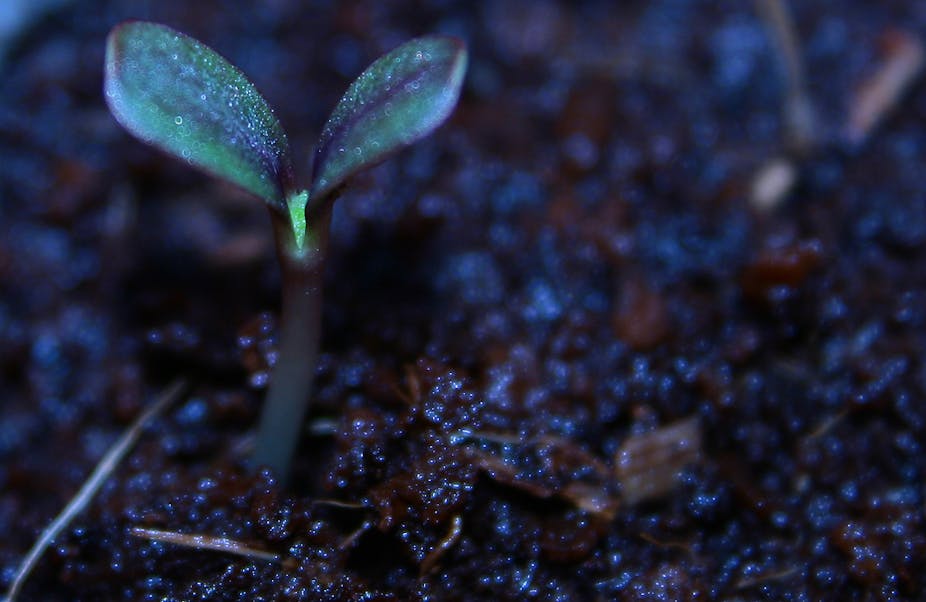FOOD SECURITY - Soils can help us solve two of the most pressing problems of the coming decades: climate change and food shortage.
There is more fresh water in the world’s soils than in all its lakes and rivers. Soil contains more carbon than in all the vegetation and atmosphere above it. In a single handful of soil there are a billion organisms, 10 million species and more DNA than in a human body.
Most of us have lost our link to the soil. Urbanisation and advanced technology help us forget how much we need it.
We tend to believe technology can produce food, fibre and also renewable energy, without really thinking about where any of them come from. But technology has produced no alternative to the complexity and processing ability of soils and ecosystems.
Producing more food for an ever-burgeoning population has been hard on our soils. In the same way that we think and agonise about food security we should concern ourselves with soil security. In some sense it is even more fundamental.
Soil security is the maintenance or improvement of the world’s soil resource so it can keep providing sufficient food and fibre. It provides fresh water, and contributes to energy sustainability and climate stability.
In the university sector, we can’t simply follow our noses in research. We need to engage in and raise public debate in key areas that relate to our scholarship.
In February of this year, a summit of 18 of the world’s leading soil and plant scientists gathered to discuss soil carbon.
They discovered a common sense of urgency and concern about the state of the world’s soils, but also a consensus that we have the scientific knowledge and technology to achieve soil security.
Five things need to happen.
Building carbon in soils must become a priority. Not only does increased soil carbon draw down from the atmospheric legacy load, it will also underpin future food and fresh water supplies. This is crucial with a burgeoning global population.
Public policy must turn its attention to protecting and rebuilding soil. It is a vital asset.
Contrary to common wisdom that “nature be left to its own devices”, soil carbon will increase in closely managed systems. Farmers must be supported with good science and policy that acknowledges them as stewards of soil and managers of the vital ecosystem services that soil provides.
We need a rethink of agricultural research and development. We can no longer afford to focus on increasing productivity through agriculture without a focus on the substrate of production. Soil security must become a co-benefit of new agricultural developments and technology.
Finally, soil science must experience a revival in engagement and funding; more soil scientists and more soil science. We don’t have enough global information about the composition and quality of our soils.
Without this information, land managers face serious challenges in planning food production, carbon sequestration and regeneration.
We know a lot about how soil works (and we can learn a lot more) but we often don’t know where soil of a particular kind can be found. Solid soil information lets us model climate, water storage and crop production scenarios so we can develop sound public policy. Globalsoilmap (www.globalsoilmap.net) addresses that kind of problem.
Researchers worldwide are working on this digital map of the earth’s soils using a suite of techniques largely developed in Australia. The project is capturing legacy soil data - including soil carbon - generated over a century of research and investigation and presenting it digitally: it’s a kind of Google Maps for soil.
Leonardo da Vinci’s 500 year old statement about knowing more about the cosmos than the soil under our feet remains true.
If we want to solve problems like climate change or food security, society needs to get behind the grand challenges of soil mapping and monitoring. It is with information like this that we can formulate and test the kind of radical ideas needed to grapple with such complex conundrums.
More from our series on food security
When the world starves, where will Australia get its food?
To feed the world, farming emissions must rise
Without biosecurity, higher crop yields mean better fed rodents
The unpalatable truth about biofuels, hunger and political unrest

